
views
Setting Up Your Visit

Contact your local vets. Call their offices to ask about available shadowing opportunities. Every vet has different policies, so you may need to call more than one vet to find one that will agree to let you shadow. Say, “Hi, I’m interested in pursuing veterinary medicine and wanted to see if you allowed people to shadow the vet.” Ask if the office offers one-time visits or recurring visits. Some offices will let you shadow the vet on a regular basis if you schedule times with them.

Find out how to apply to shadow the vet. Some vets require you to fill out an application, while others may expect you to come in to the office to talk with the staff. Make sure that you fulfill all of the requirements. Some vets may be more informal and may be willing to just set up a shadowing appointment for you when you call.

Set a date for your visit. Allow the office to choose a day that works well for them, but let them know if there’s something particular you’re interested in seeing. For example, if you hope to specialize in small animals, then you can tell them that when they’re scheduling you. You can also ask if they have any surgeries or x-ray appointments coming up if that is something that interests you. While they might not be able to schedule you how you want, it will give them some direction if there are options available. Don’t expect to be accommodated, but express gratitude if it happens. If a day doesn’t work for you, tell that to the office staff, making it clear that you’ll take any other day that works for them.

Confirm what time you should arrive. Some clinics set limited hours for shadowing, so don’t assume that you’ll be in the clinic from open to close. Ask what time they expect you and then arrive on time.
Choosing Proper Attire

Wear long pants. Long pants will help protect your legs from possible bites, scratches, and fleas from untreated animals. They also look more professional than shorts. Check with the vet to see if they’d prefer that you wear a specific type of clothes, such as khakis or scrubs.

Choose a shirt that you could wear to a job interview. A shirt like a polo, button-up, or blouse is appropriate, but remember that you’ll be moving around a clinic all day. Avoid t-shirts and tank tops.
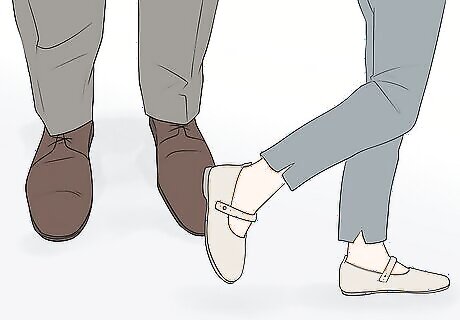
Wear closed-toed shoes. Protecting your feet is a must, so don’t wear a shoe that has an open-toe. The clinic will have nervous animals, medical gear, and many shuffling feet, all of which put exposed feet in danger. It’s best to choose nice tennis shoes because you’ll be on your feet all day. Some people wear clogs or shoes that are easier to clean, but you should be able to easily move quickly and sharply in them. Check to see if your footwear is appropriate by talking to the staff.

Don’t wear perfumes and lotions. The clinic is already filled with a lot of smells, and perfumes and lotions will only add more stress to already anxious pets. Show good hygiene by being freshly showered and wearing deodorant.

Tie back your hair. If you have long hair, make sure it’s out of the way. Loose hair can be a safety hazard around the equipment and animals.
Showing Respect in the Clinic
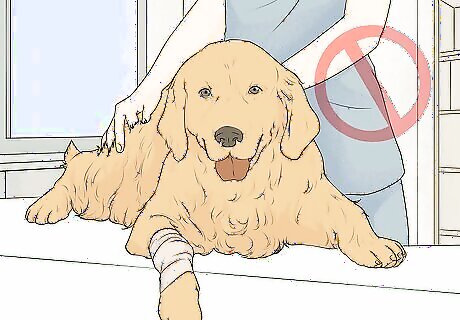
Don’t touch the animals. Unless the vet directs you to touch an animal, keep your hands off. Whether the pet is in the waiting room or the exam room, you shouldn’t try to pet or handle it. If a pet starts to break free from the vet or a technician, do NOT try to intervene. They are trained to handle the situation, and you are not. Even if you feel bad for not helping, they’d rather you stand aside. Not only could you be in the way and make a situation worse by intervening, if you are not an employee you are legally not covered should something happen to you. You could be a liability for the practice and yourself, so you should follow the directions of the staff to the letter. Remember that you are an observer and should only be watching and learning.

Turn off your cell phone. Not only is it rude to use your cell phone during your time in the clinic, it is also a distraction for both you and the staff. Be respectful and engaged by keeping your phone silent and put away. If you choose to use your phone during your visit, you may be asked to leave. If you find it too hard to not check your phone when you feel it vibrate, most practices have a break room or a staff locker room where you can safely leave your phone so that you won't be tempted.
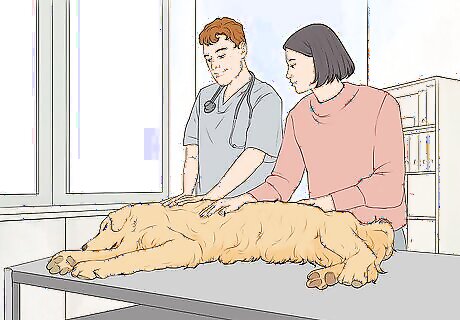
Don’t interrupt the vet. If the vet is talking, you should be quiet, even if they aren’t speaking to you. If you have a question, wait to ask when the vet has a free moment. Asking someone else a question while the vet is speaking is also a form of interruption because your talking can distract from what the vet is saying. Recognize that the vet may interrupt you in order to maintain the day’s schedule. Don’t be offended if they have to cut you off. Save all of the questions you have during an appointment until after the exam is over and you and the vet are out of the room. During the exam, the veterinarian needs to focus on the client and the patient and shouldn’t be distracted with your questions. You can also bring a small notepad so that you can write down questions as you think of them and save them until the end of the day.

Remember that you can’t share clients' personal business. Your experiences at the clinic are for educational purposes, so don’t share the private business of the pet owners whose appointments you sit in on. For example, don’t tell everyone at your school that your friend’s dog was behind on its shots after you saw his mom in the clinic.

Use titles when addressing people. Include the Dr., Mr., Ms., or Mrs. and use their last name. Be respectful when addressing the vet, staff, and pet owners. Unless someone gives you permission, don’t refer to them by their first name even if you know them outside of the clinic.
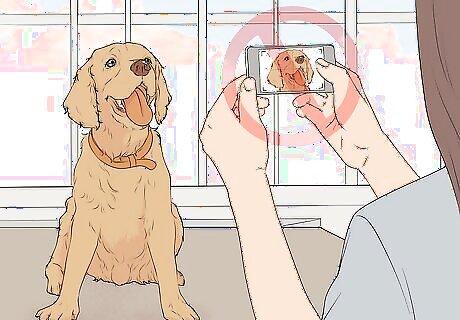
Avoid taking photos of the animals. Don't take any photos of clients' pets without permission from the owner. If you see a particularly cute kitten or puppy and want to take a photo, ask permission first. Never post a photo of someone else’s pet on social media - this could get you and the practice in legal trouble.
Learning About Veterinary Medicine

Research before you shadow. Read about veterinary procedures and watch a few videos that show what it’s really like to treat animals. If you may be watching a surgery, prepare yourself by watching it on video first. Be honest if you aren’t ready to see a surgery in real life. You don’t want to cause a distraction by fainting or throwing up. Prepare a list of questions you’d like answered through your observations in the clinic or by directly asking the vet.

Take a notebook and a pen. Arrive at the office prepared to take notes about your experiences. Have your questions ready in your notebook so that you don’t forget what you wanted to know. As the day goes on, you may find yourself adding questions to the list.
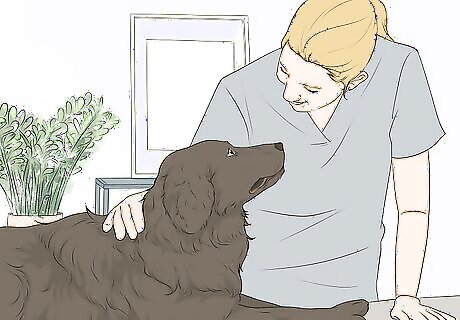
Observe how the vet interacts with the animals. Vets have different ways of doing their jobs, so take note of how this vet initiates and completes the treatment process. For example, watch how they approach the pet, what they do to make it comfortable, and how they react when a pet tries to get away.

Observe how the vet interacts with pet owners. How a vet is with their human clients is just as important as how they are with animals. Watch how the vet greets the pet owner and how much information they provide about the treatment.

Ask questions. Don’t be afraid to ask questions. The vet likely expects you to. As long as you wait for the right time, the vet should be happy to answer your questions. Wait until an exchange between the vet, staff, and pet owners is complete. Don’t talk to the vet while they’re concentrating or treating the animal. Do ask the technicians questions as well. Different vets have different specialties and interests - be sure to ask them about what they know best.
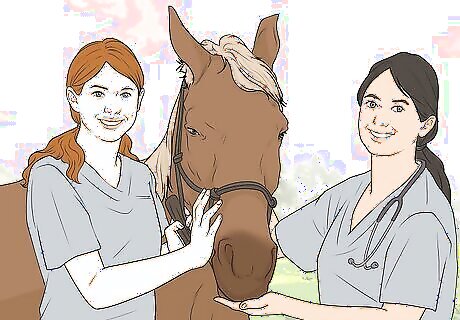
Request to see how different animals are treated. If your vet specializes in more than one animal, ask to observe appointments for different kinds of animals. While they may not be able to accommodate you on this visit, it’s possible that you could get another opportunity at a later time.




















Comments
0 comment